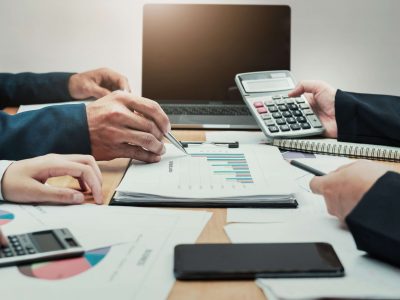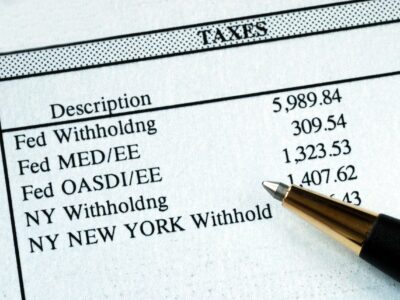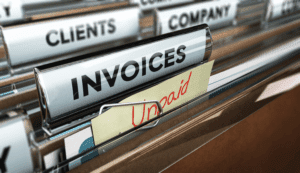
If you’re working with a firm, you can control accounting costs by ensuring that junior accountants handle the menial tasks, and your CPA completes the hard analysis. Restaurant accountants understand how to compile data accurately and meaningfully. They are trained to analyze your financials to identify operational shortcomings, cost leaks, and trends that require immediate or long-term action. While daunting, learning what you need to know about restaurant accounting is not insurmountable.

Restaurant accounting vs. restaurant bookkeeping
Which provides a snapshot of your restaurant’s financial health so you can make informed decisions about pricing and budgeting. Mileage tracking is among the many features that restaurant accounting software mobile apps facilitate. Look for the ability to use other key features within a mobile app, like financial reporting and bill pay. This way, you can cover your restaurant’s needs whether you’re in the kitchen or on the go.
Which restaurant accounting method should you use?

If you are not using financial reporting for your restaurant, then you are running your business blind. With such tight profit margins in the restaurant industry, it is important to analyze your financial reports on a regular basis. Restaurants should be looking at sales vs. cost of goods sold ratios as well as labor ratios. Another ratio many restaurants should consider is the prime cost, which aims to keep the cost of food + beverage + labor at roughly 60% to 65% of your total sales. Point of sale (POS) systems are computer systems used to record orders and complete payment transactions.
- It is best to find a bookkeeper who understands the behind-the-scenes complexity of running a restaurant.
- We recommend Bonsai as the best fit for catering and VIP dining establishments due to its unique focus on client management.
- Most restaurant POS systems will have a daily sales summary built into them.
- One of the keys to a successful restaurant business is strong financial management.
- Use the accounting records on hand to show how much you earn from food sales, merchandise sales, or catering jobs.
Restaurant Bookkeeping 101: A Guide to Accounting Basics
QuickBooks is the gold standard for small business accounting software, and it’s also a perfect fit for restaurants. Its mileage tracking, bill management, sales tax, inventory management and reporting tools give your restaurant everything it needs to make smart financial decisions. We like that QuickBooks covers your ingredients, your payments and your menu across all these features — it’s a full-service restaurant accounting platform. The accounts receivable (AR) tool within ZarMoney empowers users to manage estimates and sales orders. Its array of payment management and tracking services enables restaurants to accept payments in the modern digital age.
Connecting Shogo to QuickBooks Online
- Through his multiple bestselling books and guides, he has been able to help thousands of small business owners to better manage their finances.
- Along with your POS, accounting software helps you keep an eye on your financial performance in real-time.
- We uphold strict sourcing standards, and each page undergoes diligent review by our team of top technology experts and seasoned editors.
- Periodically conduct inventory counts of paper goods, and adjust your accounting records accordingly to ensure they match the actual on-hand inventory.
- Only consider platforms you can navigate intuitively, whether you’re seeking basic data or executing more complex tasks.
- You’ll also have to pay for benefits, training, and accounting software.
Partnering with an accountant can also help ensure your restaurant complies with regulatory requirements, such as taxation and minimize errors to improve the accuracy of your financial reporting. Outsourcing your restaurant accounting can be a strategic option for many venues, especially if you don’t have the in-house expertise or resources to manage your finances properly. A cash flow statement tracks all the money that comes bookkeeping for restaurants in and out of your restaurant during a specific period. Your cash flow statement dissects how well your venue generates cash to fund your expenses. Whichever way you look at it, restaurants operate with razor-thin profit margins, emphasizing how crucial it is to keep on top of your restaurant accounting. For example, the End Of Day Cash Register Report Template is an indispensable tool, no matter the size of your restaurant.
But you can manage your own restaurant accounting services with the right software. When you have the accounting tools that FreshBooks offers, you won’t need to spend money on accounting firms. Every restaurant needs a set of reports for the daily, weekly, monthly, and annual monitoring of the financial health of the business. Here is a list of the reports you’ll need for your restaurant accounting – and what they ultimately show you. The difference between the two accounting methods for restaurants is all about timing.

However, every restaurant is unique and has different needs and priorities. That’s why we’ve carefully reviewed and selected the top restaurant accounting software options to help you make the best decision for your business needs. 1 Prime Costs Should be Reviewed on a Weekly or at Least Monthly Basis Prime costs are the numbers needed to know your margin of profit after overhead and inventory.
Using words like al dente or flambé comes naturally to you, but accounting terms? Zachary Weiner began his startup journey at UNC Chapel Hill by partnering with a group of entrepreneurs to change the way online sports lessons were delivered. Upon graduating, he went on to lead marketing at a boutique commercial real estate firm out of New York. Seeing firsthand how transactions occurred, he became interested in finance and turnaround real estate.
